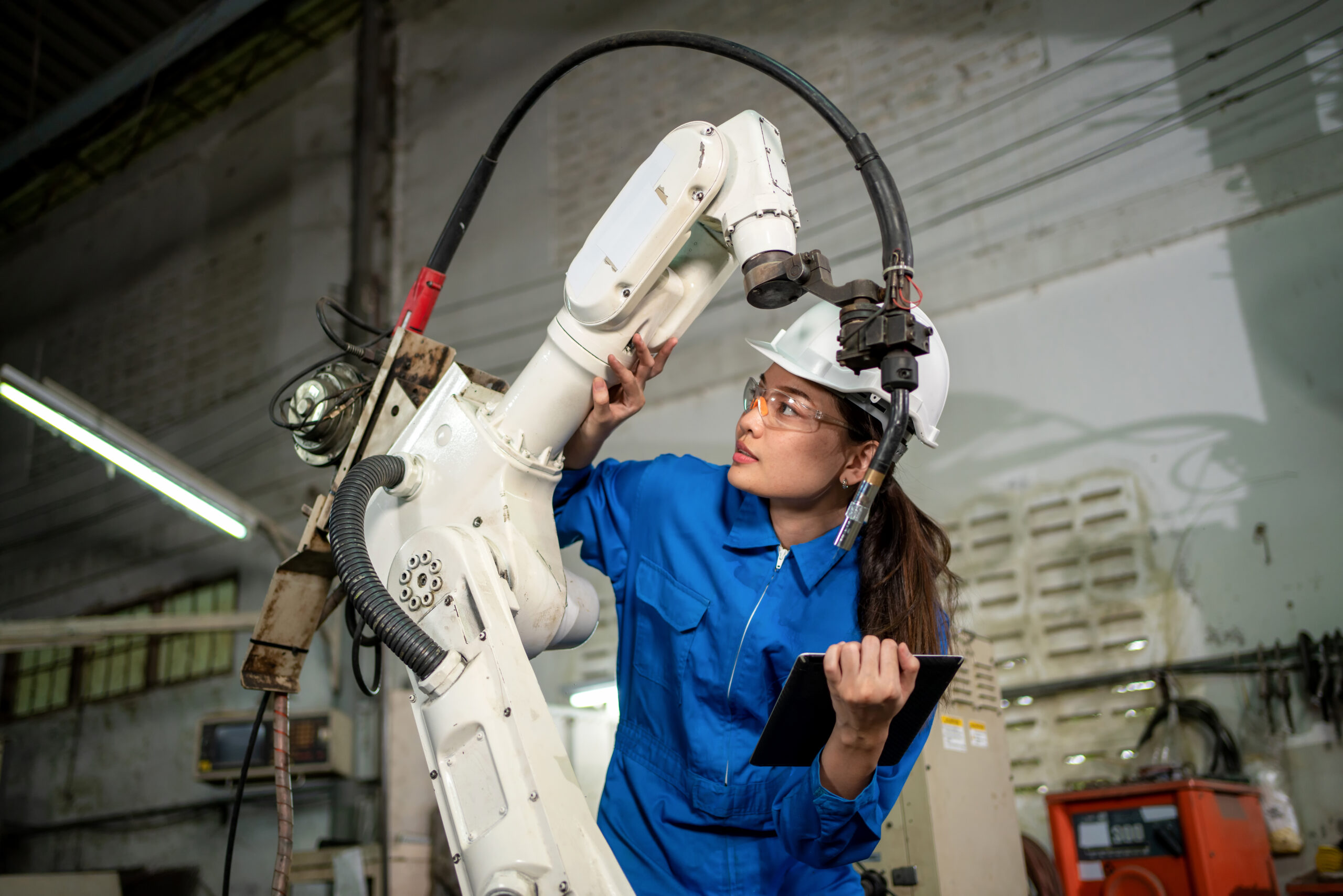The increasing use of robots in various industries has transformed the way businesses operate, making them more efficient and productive. However, the reliability of these robots is crucial to ensure that they can perform their tasks without interruption or failure. Robot reliability is essential for maintaining productivity, reducing downtime, and ensuring the safety of workers and equipment. In this article, we will discuss the importance of robot reliability, the factors that affect it, and the measures that can be taken to improve it.

What is Robot Reliability?
Robot reliability refers to the ability of a robot to perform its intended functions without failure or interruption over a specified period. It encompasses various aspects, including mechanical, electrical, and software reliability. A reliable robot is one that can operate consistently, accurately, and efficiently, with minimal downtime or maintenance requirements. Robot reliability is critical in industrial settings, where robots are used to perform tasks such as assembly, welding, material handling, and inspection.
Factors Affecting Robot Reliability
Several factors can affect the reliability of a robot, including:
- Design and Manufacturing: The design and manufacturing process of a robot can significantly impact its reliability. A well-designed robot with high-quality components and proper assembly can ensure reliable operation.
- Maintenance and Repair: Regular maintenance and repair are essential to prevent robot failures. Neglecting maintenance can lead to reduced performance, increased downtime, and decreased reliability.
- Environmental Conditions: Environmental factors such as temperature, humidity, and exposure to dust or chemicals can affect robot reliability.
- Programming and Software: The programming and software used to control a robot can impact its reliability. Bugs, errors, or incompatible software can cause robot failures.
- Operator Error: Human error can also affect robot reliability. Inadequate training or improper use of a robot can lead to accidents or failures.
Measures to Improve Robot Reliability
To ensure robot reliability, several measures can be taken, including:
- Regular Maintenance: Regular maintenance, such as lubrication, cleaning, and inspection, can prevent robot failures.
- Predictive Maintenance: Predictive maintenance involves monitoring robot performance and predicting potential failures. This allows for proactive maintenance, reducing downtime and increasing reliability.
- Robot Redundancy: Implementing robot redundancy, where multiple robots are used to perform the same task, can ensure continuous operation in case of a robot failure.
- Operator Training: Providing operators with adequate training on robot operation, maintenance, and repair can reduce the risk of human error.
- Software Updates: Regular software updates can ensure that robots are running with the latest programming and software, reducing the risk of errors or bugs.
Benefits of Robot Reliability
Improved robot reliability can bring numerous benefits, including:
- Increased Productivity: Reliable robots can operate continuously, increasing productivity and reducing downtime.
- Reduced Maintenance Costs: Regular maintenance and predictive maintenance can reduce maintenance costs by preventing unexpected failures.
- Improved Safety: Reliable robots can reduce the risk of accidents and injuries, ensuring a safer working environment.
- Enhanced Quality: Reliable robots can ensure consistent product quality, reducing the risk of defects or errors.
- Cost Savings: Improved robot reliability can lead to cost savings by reducing the need for repairs, replacements, and downtime.
FAQs
- What is the most common cause of robot failure?
The most common cause of robot failure is mechanical failure, followed by electrical and software failures. - How can I improve the reliability of my robot?
Regular maintenance, predictive maintenance, and operator training can improve robot reliability. - What is the difference between reliability and availability?
Reliability refers to the ability of a robot to perform its intended functions without failure, while availability refers to the percentage of time a robot is operational and ready to perform its tasks. - Can robots be used in hazardous environments?
Yes, robots can be designed and equipped to operate in hazardous environments, such as areas with high temperatures, toxic substances, or explosive atmospheres. - How can I ensure the safety of my workers when using robots?
Ensuring worker safety when using robots involves providing adequate training, implementing safety protocols, and using safety features such as sensors and emergency stops.
Conclusion
Robot reliability is crucial for maintaining efficiency, productivity, and safety in industrial settings. By understanding the factors that affect robot reliability and implementing measures to improve it, businesses can reduce downtime, maintenance costs, and the risk of accidents. Regular maintenance, predictive maintenance, and operator training are essential for ensuring robot reliability. Additionally, implementing robot redundancy, software updates, and safety features can further enhance reliability and safety. By prioritizing robot reliability, businesses can maximize the benefits of robot technology and achieve greater efficiency, productivity, and competitiveness. As the use of robots continues to grow, the importance of reliability will only continue to increase, making it essential for businesses to prioritize robot reliability in their operations.
Closure
Thus, we hope this article has provided valuable insights into The Importance of Robot Reliability: Ensuring Efficiency and Safety in Industrial Settings. We thank you for taking the time to read this article. See you in our next article!
